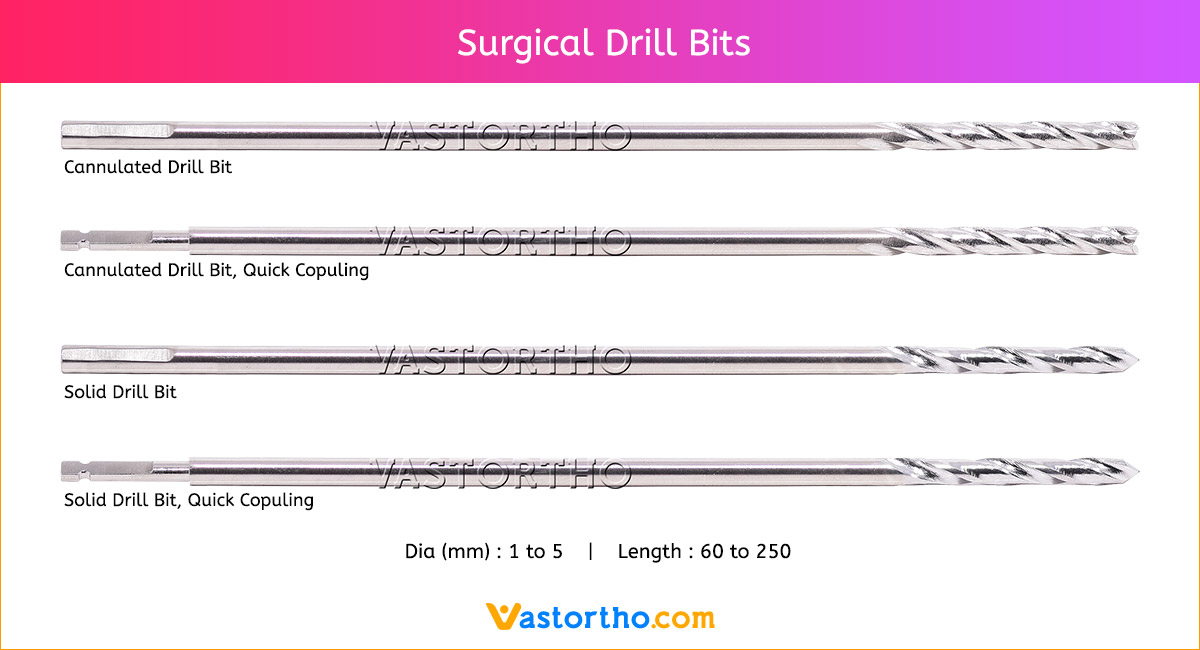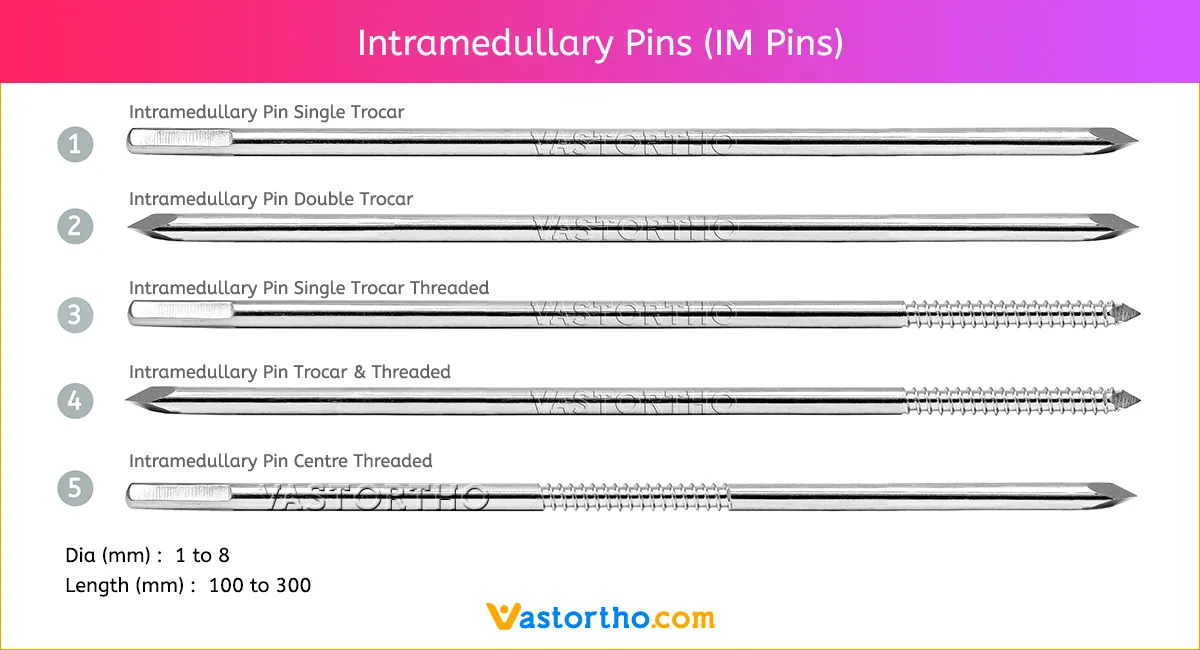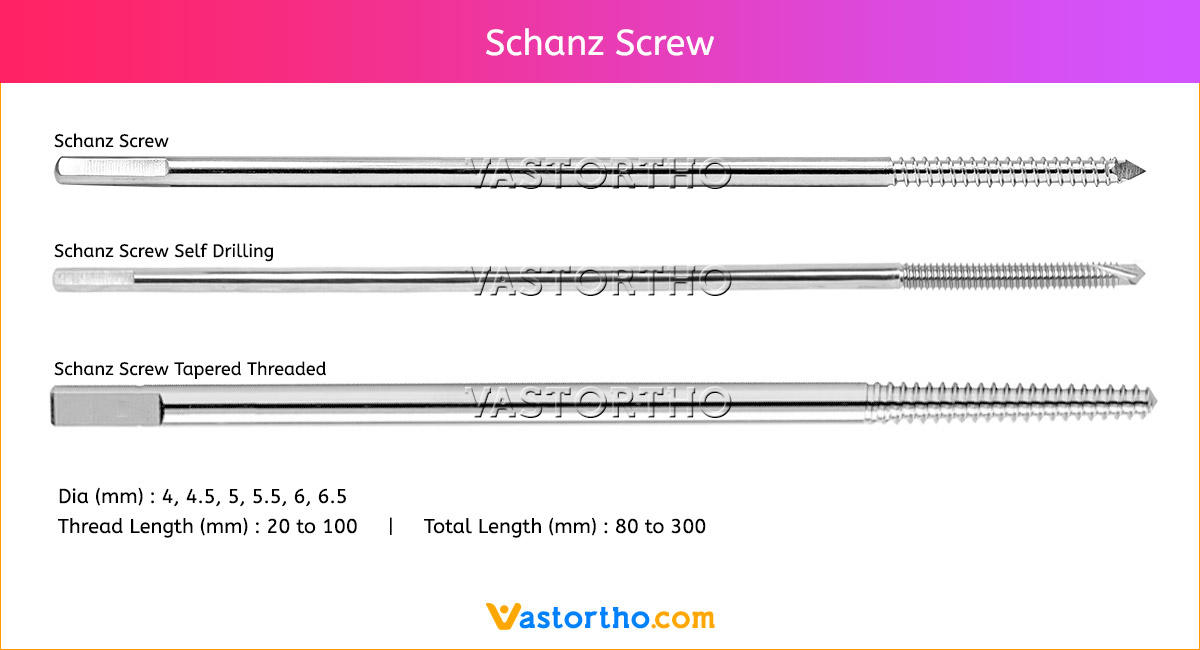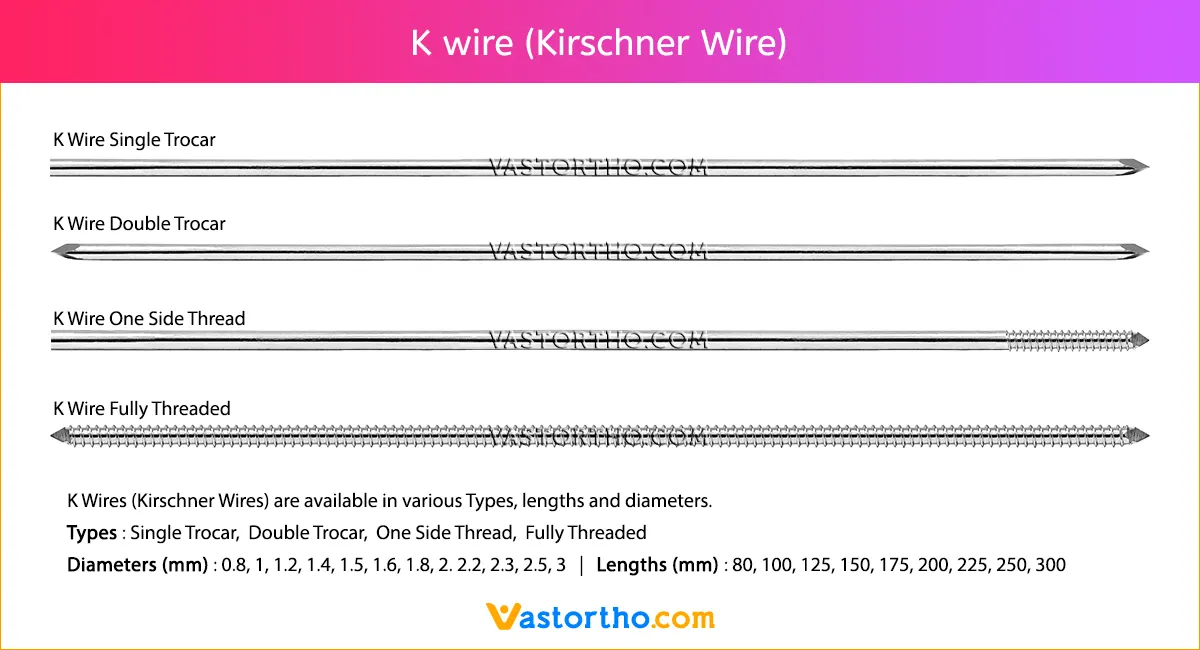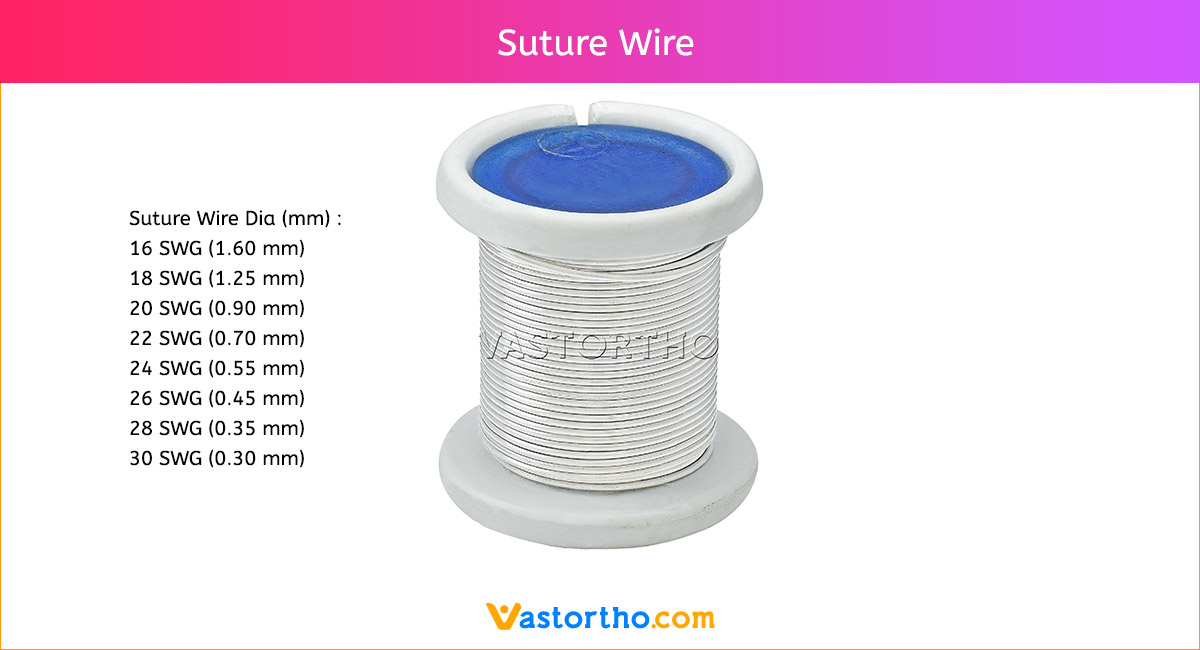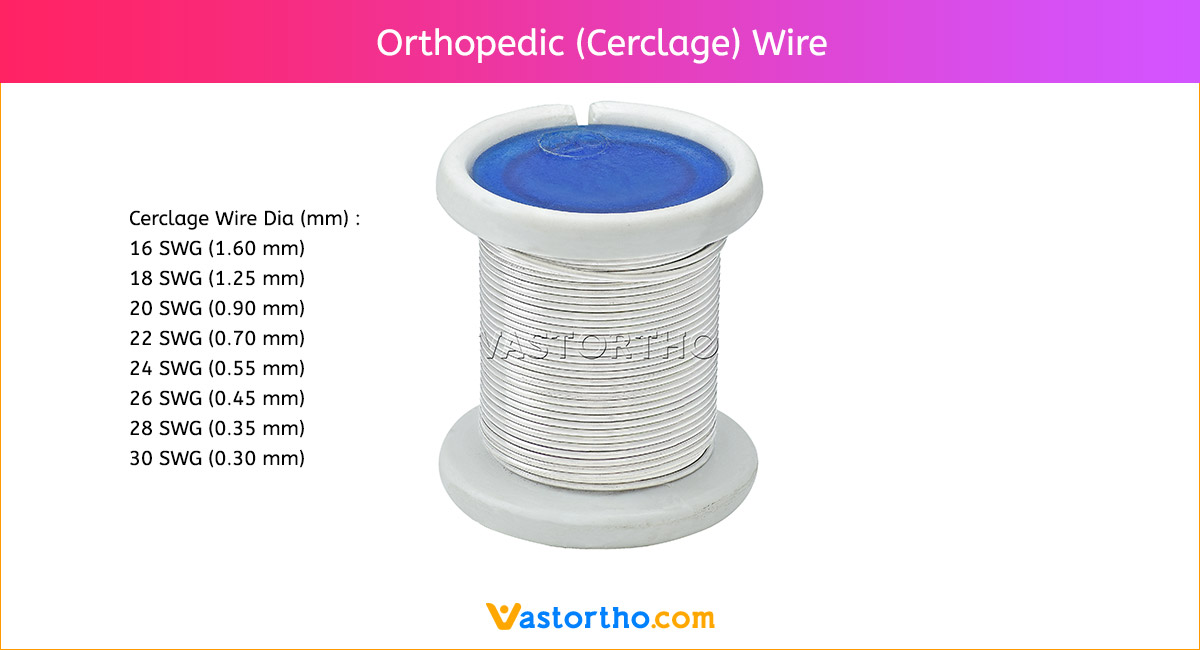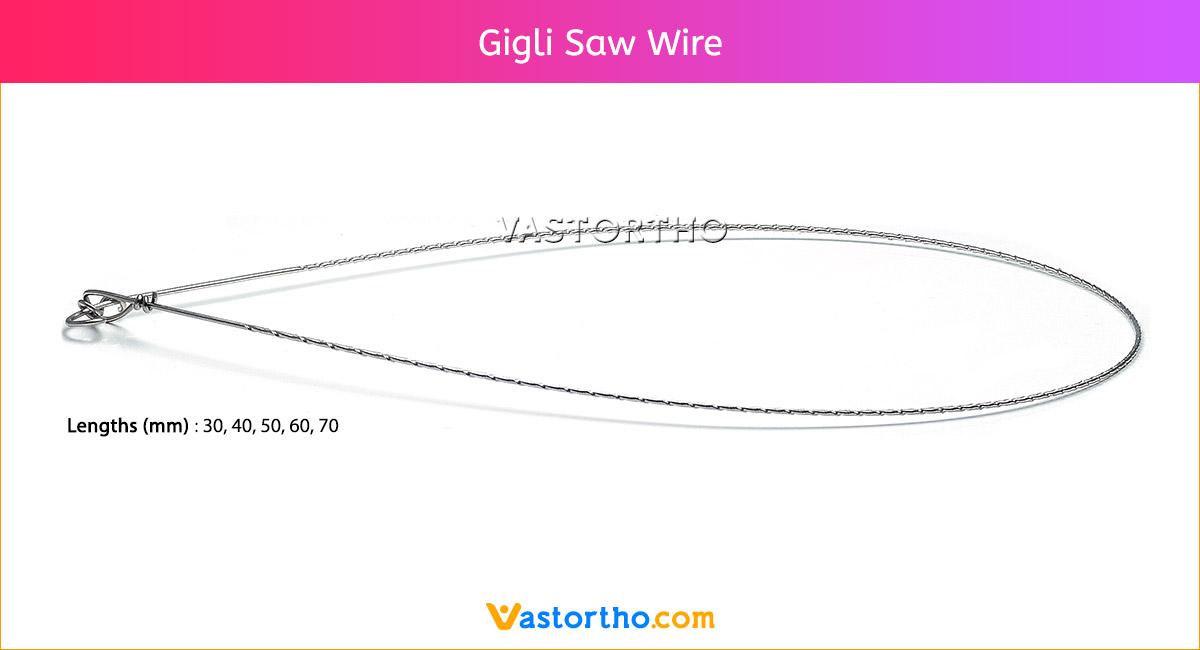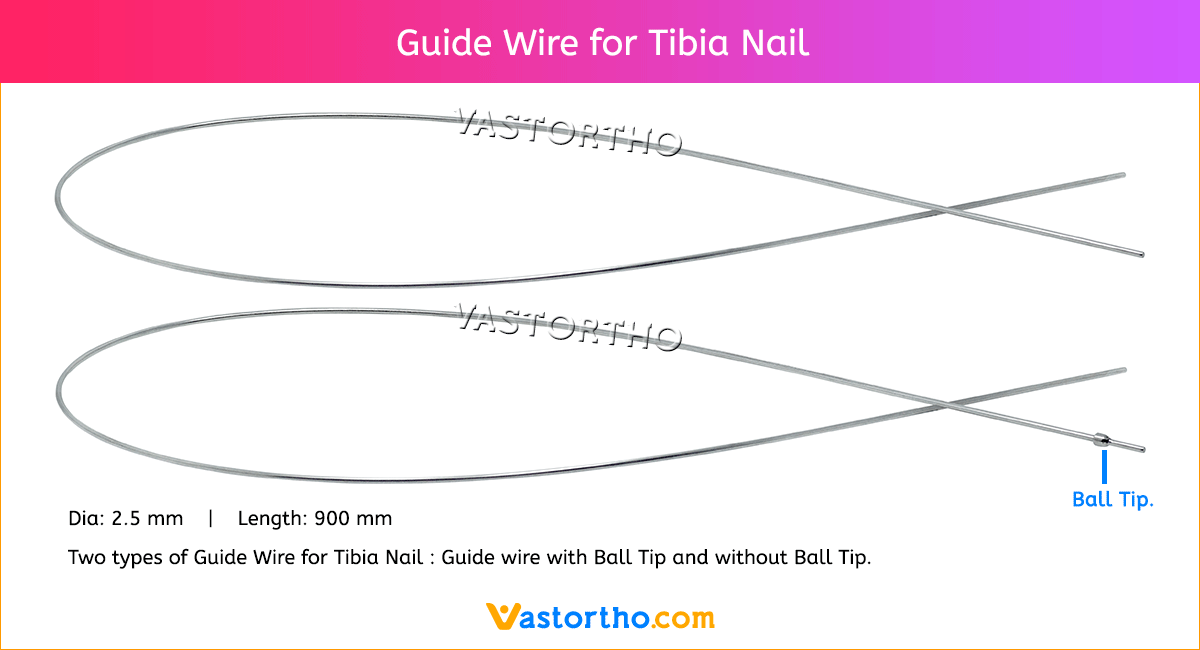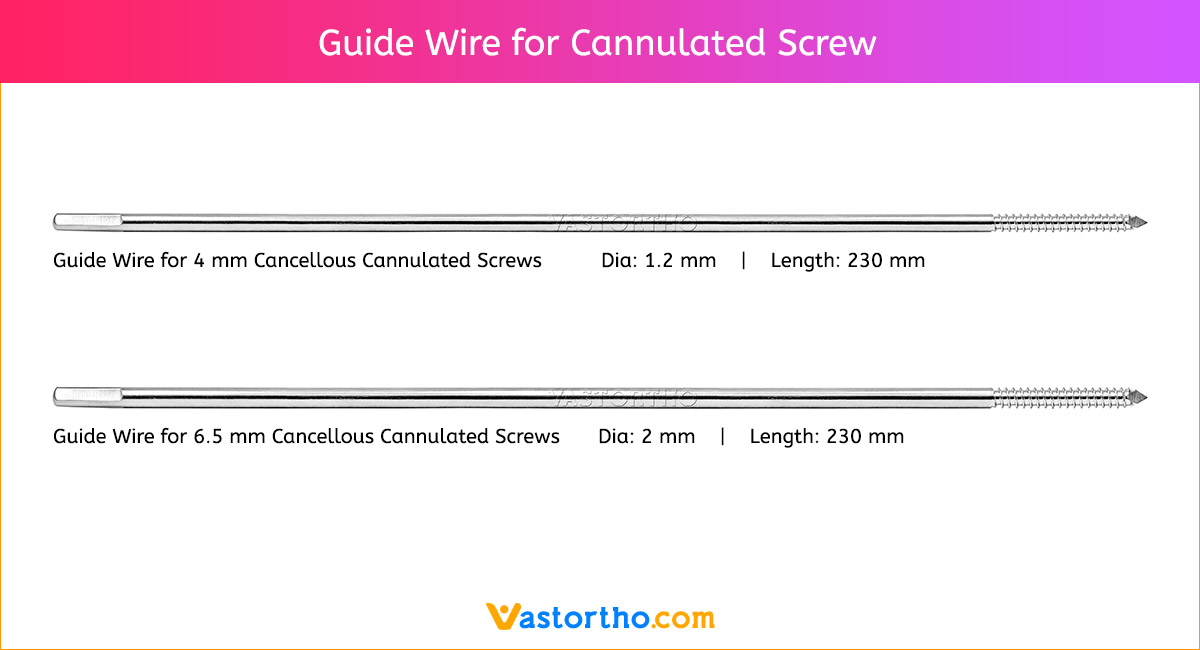Coventry Staple Specification, Uses, Sizes and Surgical Techniques.
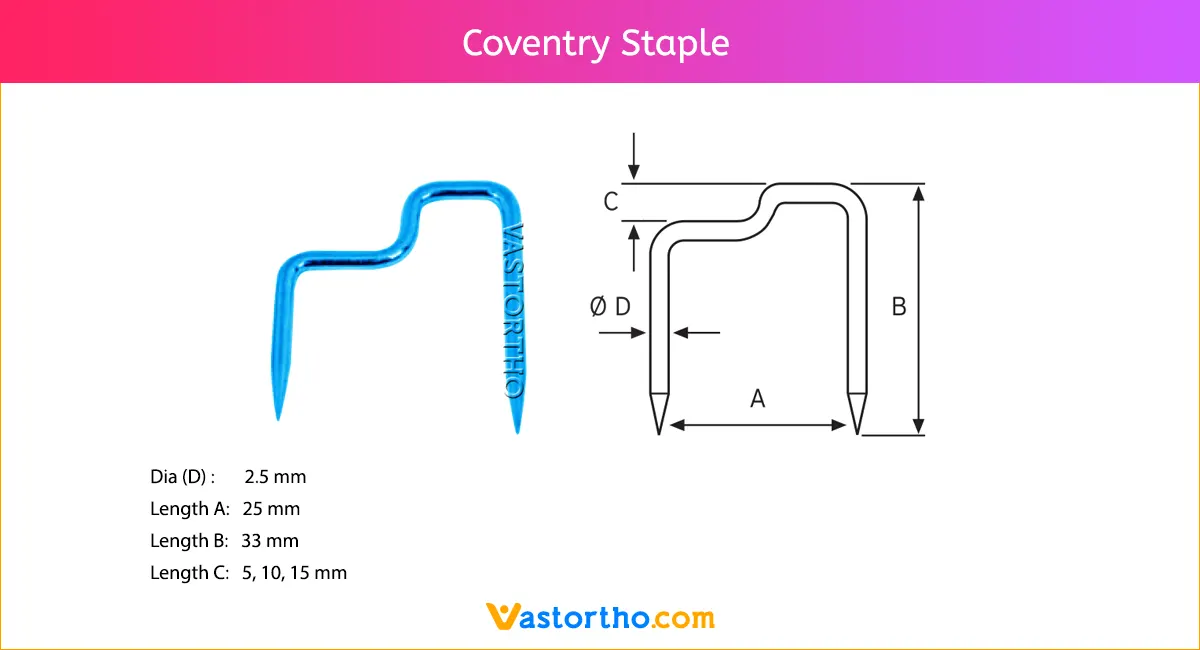
Coventry Staple is used for correcting angular deformity at the knee. Two or more Coventry Staple should be used on each side of the epiphysis.
Our Coventry Staples are made from finest quality medical grade material to ensure highest quality. Different sizes of Coventry Staples are:
- Dia(D) x Length(A) x Length(B) x Length(C) : 2.5 x 25 x 33 x 5 mm
- Dia(D) x Length(A) x Length(B) x Length(C) : 2.5 x 25 x 33 x 10 mm
- Dia(D) x Length(A) x Length(B) x Length(C) : 2.5 x 25 x 33 x 15 mm

